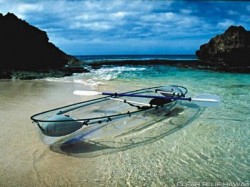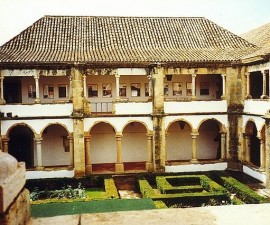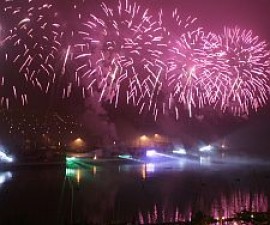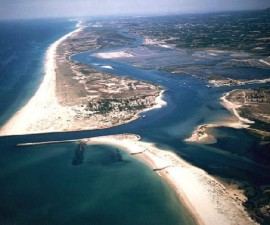The Algarve is rich in natural beauty. Known all over the world for its dramatic cliff formations and 200km-stretch of golden sand beaches, many visitors take little time to leave the area’s gleaming resort developments and scratch beneath the surface to discover the “real Algarve”. But for those who do, a series of natural wonders await that are well worth making the effort for.
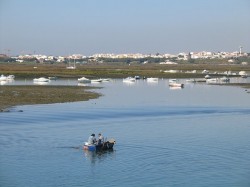
The city of Faro is set in the heart of the Ria Formosa Natural Park. Recently declared one of the country’s seven great natural wonders, the Ria Formosa Natural Park is formed by a series of sandspits creating a lagoon and wetlands that separate the mainland from the the Atlantic Ocean. This is one of the Algarve’s outstanding areas of natural beauty and ecological interest, home to a variety of ecosystems, rare bird life and a variety of marine species.
Tidal and seasonal fluctuations mean that the lagoon is constantly changing, both in its habitat conditions and in the way that it looks, with areas entirely submerged on one visit only to be dry and exposed on another. As a result there are many ways to visit and discover the Ria Formosa, each of which uncover a different side of the area. Here we take a look at the perfect nature trip to the area by foot and by boat, as well as the best way to discover the hidden natural gems that lie just inland from Portugal’s southern capital, Faro.
To appreciate the vastness of the Ria Formosa it is worth starting at high tide when it is possible to take a boat through the wetlands. If time permits, choose a trip that includes lunch at one of the island-based restaurants or cafés. If time is tight, aim for a half-day trip that will deliver you back in time for a delicious lunch at the marina or in a traditional restaurant in the centre of Faro.
Your boat trip should take you out through the wetland area which was used as far back as Roman times for salt production and agriculture and which today is used extensively for environmentally friendly oyster and mussel farming. Traditional methods are used in order to protect the delicate ecosystems and natural resources for the benefit of the local community. The Ria Formosa is one of Portugal’s leading areas for aquatic birds and hosts some 20,000 at peak times during the winter season as well as being a stop-off point for many as they migrate between Europe and Africa.
It is worth taking two or three hours to wander through the maze of walkways that link this vast wetland area on foot to really feel at one with this beautiful natural ecosystem. You may be able to organise this as a part of your boat-oriented trip or you may prefer to approach it as a separate excursion.
Exploring on foot gives you the time to stop and really appreciate the incredible views over the lagoon and to take as many photos as your camera memory permits. The bird hide is the perfect place to spot the Purple Swamphen, the official symbol of the natural park, as well as the colourful flamingos that stand alert as you pass.
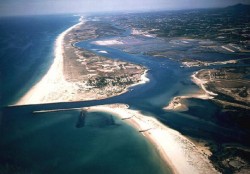
Shellfish are found here in abundance as are seahorses along with more unusual species such as the chameleon and Portugal’s unique Water Dog with its webbed feet. If time permits you can visit the breeding centre for a closer look at these delightful creatures. Binoculars are highly recommended to make the most of the views and the wildlife, along with a backpack, comfortable shoes and of course a robust hat and high-factor sun cream.
For something completely different, head away from Faro and the water for your next day of natural sightseeing and discover the beauty of the inland Algarve on a quad bike. Loulé, some eighteen kilometres inland, is the perfect spot to start your trip and it is possible to hire a quad here with or without a guide to help you get the most out of your time.
This is the perfect way to combine a little adrenalin with a lot of natural beauty and the favourable climate around Loulé pretty much guarantees that you can make this trip whatever season of the year you visit. There is an abundance of remote trails weaving through this unspoilt landscape of woodland trails, rivers, streams and steep-graded tracks just begging to be discovered. Inexperienced riders have tuition at hand if required, while those in the know can partake in as challenging or as easy a tour as they wish. What better way to discover the hidden Algarve?
